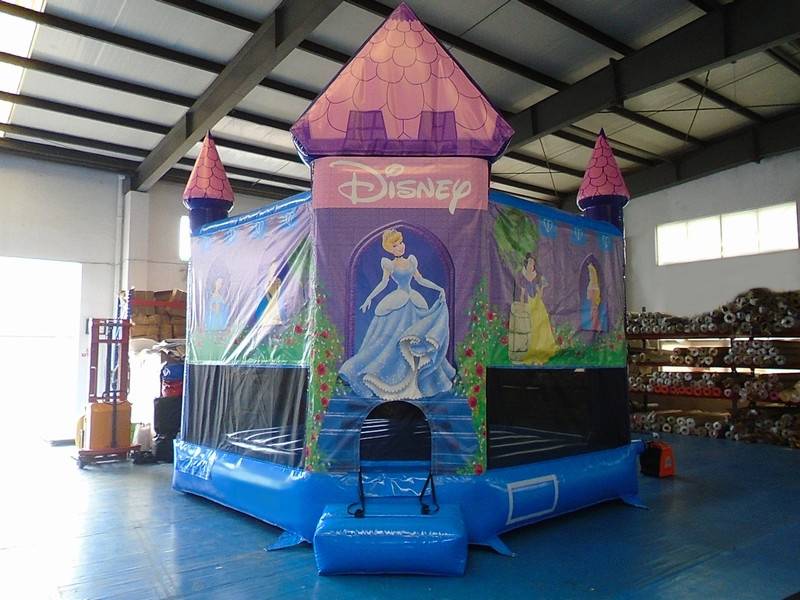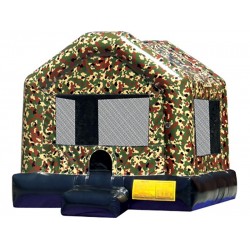Why Is It Unsafe for Kids of Varying Ages to Use a Bouncy Castle Together?

Bouncy castles are a popular attraction at parties and events, providing fun and entertainment for children. However, allowing kids of varying ages to use the same bouncy castle can pose significant safety risks. This article explores the reasons why it is unsafe for children of different ages to play together in a bouncy castle and offers suggestions for ensuring a safe experience.
1. Differences in Size and Strength
One of the primary reasons for safety concerns is the difference in size and strength between children of varying ages:
- Impact Force: Older children, who are generally larger and stronger, can bounce with greater force than younger children. This can lead to accidents, as younger children might be thrown off balance or knocked over by the more vigorous play of older kids.
- Physical Differences: Younger children have less developed motor skills and coordination compared to older children. The difference in physical abilities can result in uneven play and increased risk of injury.
2. Risk of Injury
The risk of injury increases when children of different ages play together in a bouncy castle due to the following factors:
- Collisions: When kids of varying sizes jump and bounce together, the likelihood of collisions increases. Younger, smaller children are more vulnerable to injury from accidental bumps or falls caused by older, larger children.
- Falls and Trips: The higher energy and rough play from older children can lead to tripping or falling accidents. Younger children may struggle to maintain balance, increasing their risk of injury.
3. Supervision and Management
Effective supervision and management are crucial to ensure safety in a bouncy castle, but they can be challenging with children of different ages:
- Difficulty in Monitoring: It can be difficult for a single supervisor to keep track of all children, especially when there is a significant age gap. This can result in insufficient oversight and a higher chance of accidents.
- Enforcement of Rules: Enforcing rules and ensuring that all children follow safety guidelines can be challenging. Different age groups may have varying levels of understanding and compliance with safety instructions.
4. Recommendations for Safe Use
To minimize risks and ensure a safe environment for all children using a bouncy castle, consider the following recommendations:
- Separate Age Groups: Ideally, divide children into different age groups and allow only similar-aged children to play together in the bouncy castle. This helps reduce the risk of injury and ensures a more even playing experience.
- Supervise Closely: Maintain close supervision of the bouncy castle at all times. Ensure that a responsible adult is present to monitor play and enforce safety rules.
- Set Clear Rules: Establish and communicate clear rules for the bouncy castle, such as no rough play and no jumping on others. Make sure all children understand and follow these rules.
- Use Appropriate Equipment: Choose a bouncy castle with appropriate size and features for the age group using it. Ensure that the equipment is well-maintained and meets safety standards.
5. Conclusion
Allowing kids of varying ages to use a bouncy castle together can pose safety risks due to differences in size, strength, and physical abilities. By separating age groups, closely supervising play, and setting clear rules, you can help ensure a safer experience for all children. Prioritizing safety will help prevent accidents and ensure that everyone has an enjoyable time in the bouncy castle.






Leave a Comment